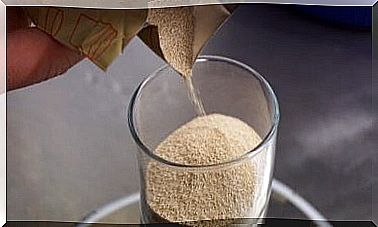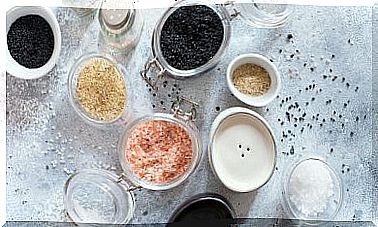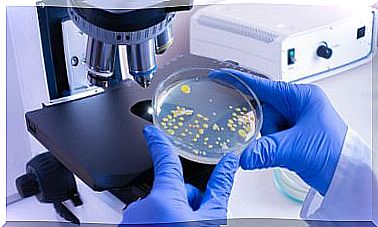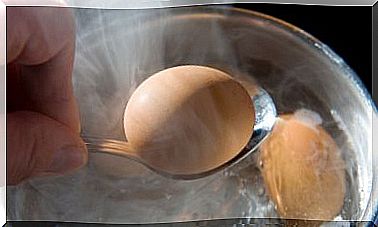What Are The Types Of Cross Contamination?
You have probably heard about the types of cross contamination. Knowing about this is of the utmost importance, since there are diseases that can be transmitted by food when they are not provided with proper handling and storage.
This type of contamination refers to the process in which food comes into contact with substances that are harmful to health. They can be physical, chemical or biological elements, as expressed in an article of the Ministry of Culture, Livestock and Fisheries of Argentina.
Types of cross contamination
Because food production is a process that includes the harvesting, storage, cooking and consumption of food, the chances of contamination with different types of agents is high. Therefore, attention must be paid at each of these stages to ensure food safety.
However, despite being cautious, there is always a certain risk of exposure to substances or microorganisms that compromise health when in contact with the body. In particular, these include the following:
- Plastic debris.
- Glasses.
- Hairs
- Pesticides
- Chemical disinfectants.
- Mushrooms.
- Virus.
- Bacteria
Now, how can they get to groceries? What does cross contamination have to do with it? Well, generally speaking, there are two possible ways of food contamination. We detail them below.
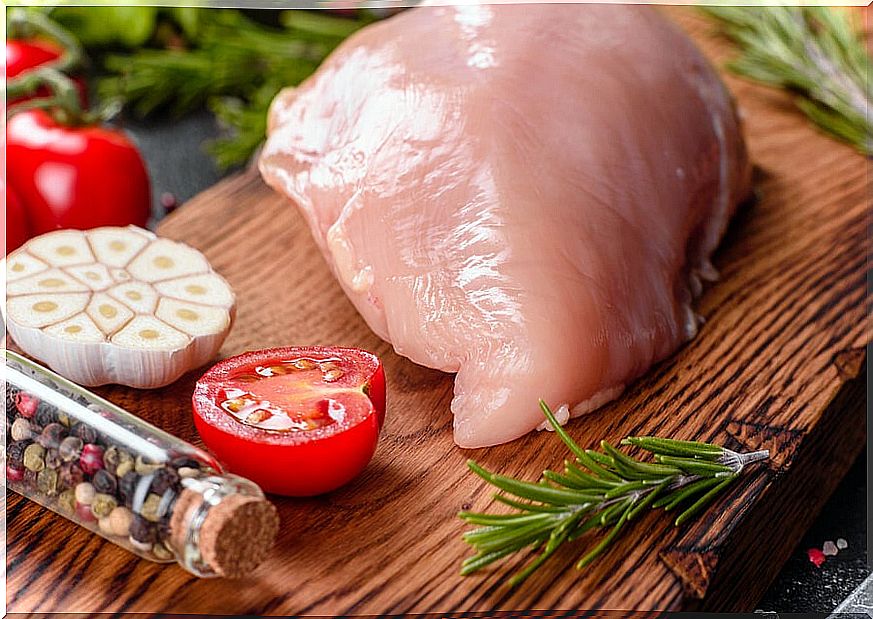
Direct cross contamination
Direct cross contamination occurs when a contaminated food comes into “direct contact” with one that is not. The typical case is that which occurs when foodstuffs are not sanitized or stored correctly, and are mixed with those that are healthy or free of substances.
Let’s look at an example to make it clear:
- Tomatoes or other poorly washed vegetables that contain chemicals or traces of sand, combined with clean vegetables in a salad.
However, there is also direct cross-contamination if food is placed incorrectly in the refrigerator, that is, when combining ready-to-eat meals with raw foods. It is a situation that occurs frequently when liquids from meats drip onto other foods.
Indirect cross contamination
On the other hand, indirect cross contamination is one in which the contaminating agent
is transferred to another food by the use or contact of a kitchen element that acts as a vehicle. This form is the most frequent and difficult to control. Examples of this type may be the following:
- The use of a knife and a meat chopping board, on which raw fish is handled and then used to cut a cooked pie. As you can see, the intermediaries can be any utensil, the counter, the dishes or the kitchen equipment itself.
- When the person who prepares the food has dirty hands, wounds or if he sneezes on the food.
According to data extracted from a study published in the Chilean Journal of Infectology, a significant percentage of the population identifies the concept of cross contamination and some basic food handling practices.
However, it is estimated that 56% of people defrost meat at room temperature, which is an inappropriate practice because it predisposes the growth of microorganisms.
How to avoid this type of food contamination?
Fortunately, measures to prevent food contamination are simple and can be used at any time. According to the Food and Agriculture Organization of the United Nations (FAO) Manual for Food Handlers, the recommendations are as follows:
- Keep all foodstuffs stored in closed containers and with materials that do not transfer substances to them. They can be plastic, ceramic or glass containers.
- Store food in the refrigerator safely, that is, put raw meats, poultry and fish on the bottom, so that they do not drip on other foods.
- Wash your hands with soap and water at all times. This also implies hygiene after handling raw products and before handling cooked products.
- Clean work surfaces with hot water and detergents periodically, and never expose them to contact with pets.
- In case of cuts or scratches, treat with an antiseptic and protect the skin with waterproof bandages. Also, avoid cooking if you are sick or have skin infections.
- Keep cleaning and disinfection products stored in a special place, away from food.
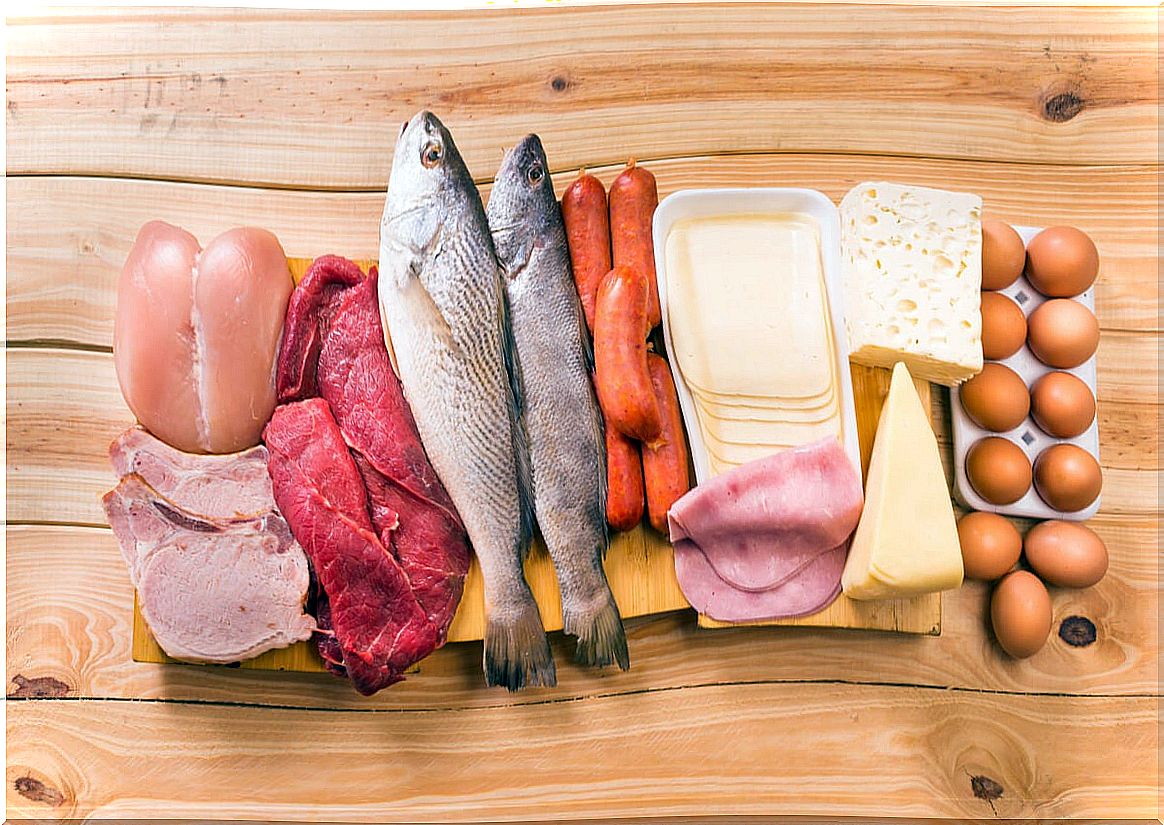
Hygiene reduces risks
The points and forms of cross contamination can be various, making it almost impossible to detect whether a food is contaminated. However, by applying proper hygiene when handling, cooking and storing them, the risk of food poisoning is significantly reduced.
Therefore, you have to be careful from the moment of purchase, until it is brought to the plate and to the mouth. If for any reason there is suspicion of a contaminated food, it is best to discard it. Keep that in mind!


